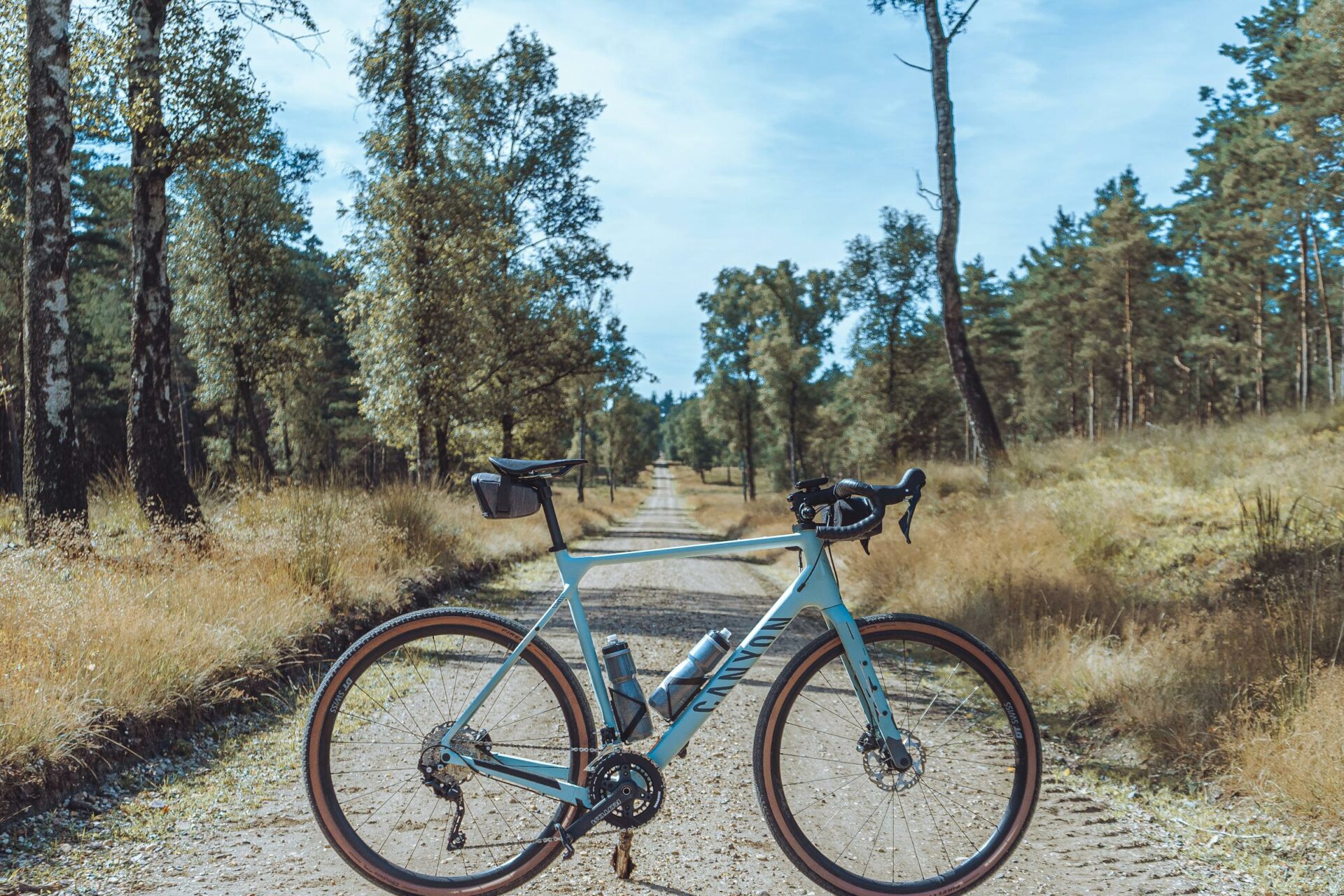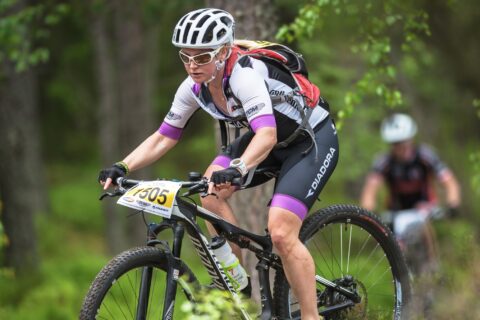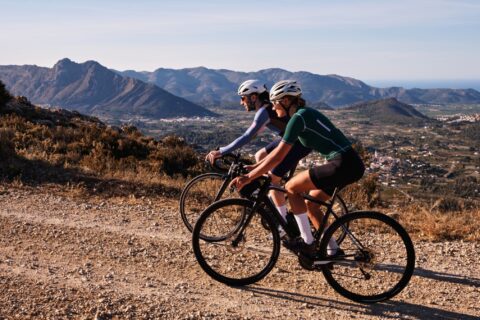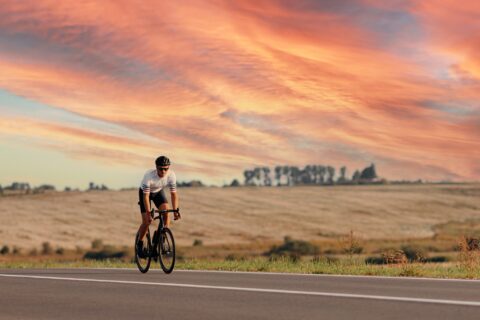We explore the skills, techniques, and pacing strategies you need to take on any gravel event.
We explore the skills, techniques, and pacing strategies you need to take on any gravel event.

We explore the skills, techniques, and pacing strategies you need to take on any gravel event.

We explore the skills, techniques, and pacing strategies you need to take on any gravel event.

Some say filling a hydration bladder with cold water or ice could improve heat management for gravel riders compared to a standard jersey. This article explores whether that claim holds merit.

With a plethora of races to choose from, we highlight several events and detail the strengths they are best suited for—plus how to train for the big day.

Cycling pro Lachlan Morton shares one of his favorite workouts that builds confidence by honing race form.

Joe Friel outlines his method for analyzing sport-specific movement patterns. After establishing a hierarchy to the movements, he teaches athletes each subcomponent until mastery is achieved.